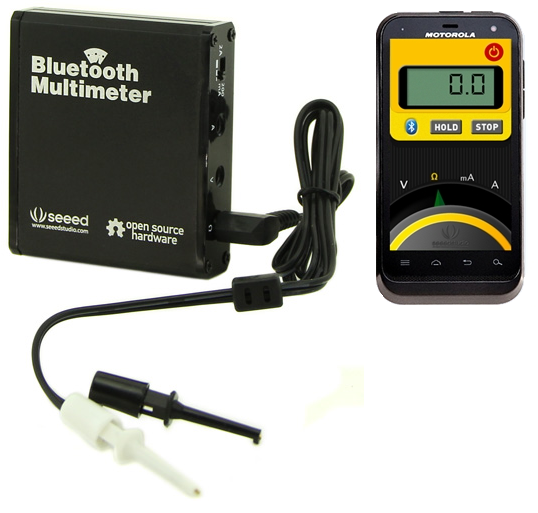I got my STM32F2 to jump to the built-in system bootloader. Also figured out that the default function for sending out SWO debug messages will freeze my code if no debugger is attached, which is kind of stupid but I fixed it with a simple check. Last week I got blocking UART working, this week I got non-blocking UART working.
It’ve got a TUSB2036 chip that won’t start the oscillator for the 6 MHz crystal, but sometimes it does start. This is holding up the Xim clone project.
I’ve begun 3D modeling the KSP Kontroller, the parts are going to be super expensive but industrial, it’ll look pretty cool.
I’m working a lot on XMEGA stuff, it seems to be great if you need complex behaviour at a low speed. It’s got peripherals with as much (or more) features as most ARM Cortex M chips, but still uses 8 bit instructions and capped at 32 MHz. No oscillator required for full speed USB because the internal oscillator can be auto-calibrated using USB SOF.



![card_on_notebook_thumb[1]](https://eleccelerator.com/wp-content/uploads/2013/10/card_on_notebook_thumb1.jpg)
![under_microscope_thumb[1]](https://eleccelerator.com/wp-content/uploads/2013/10/under_microscope_thumb1.png)